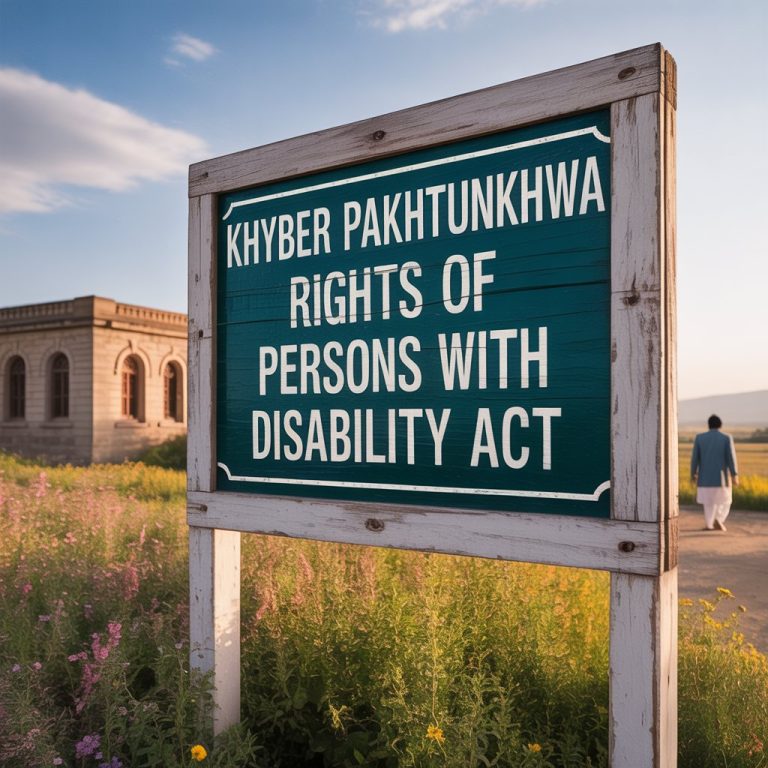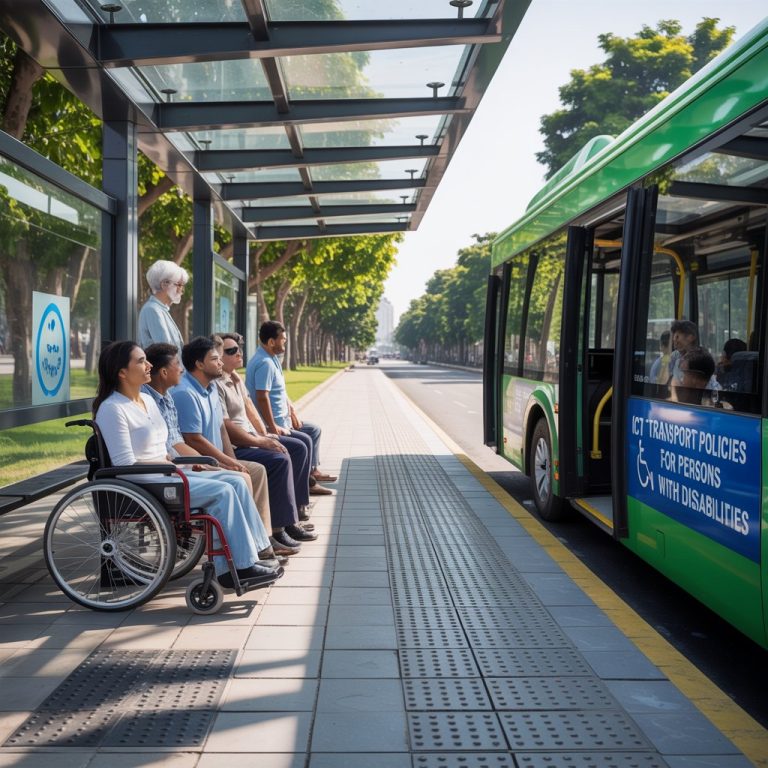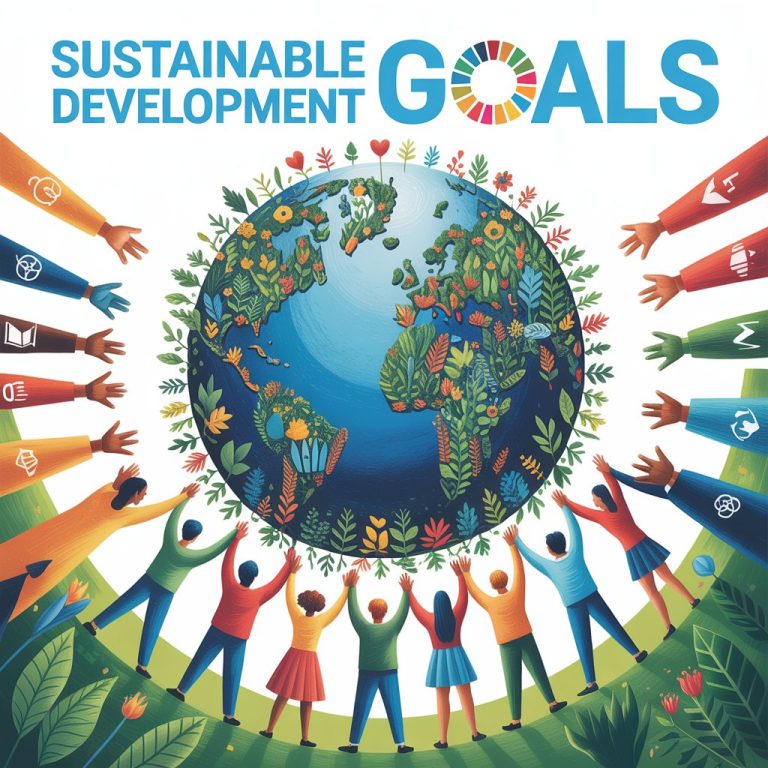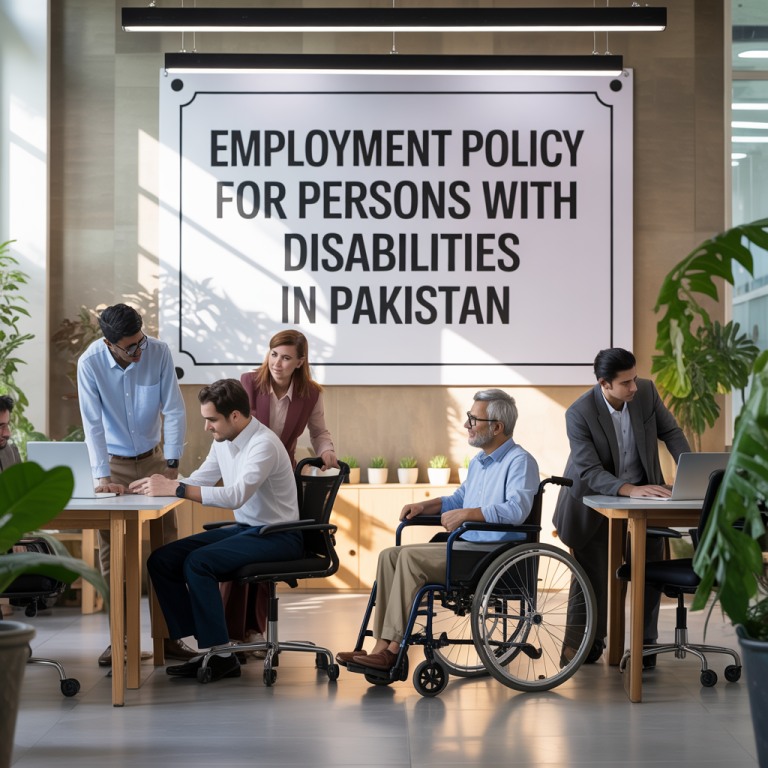Sindh Rights of Persons with Disability Act
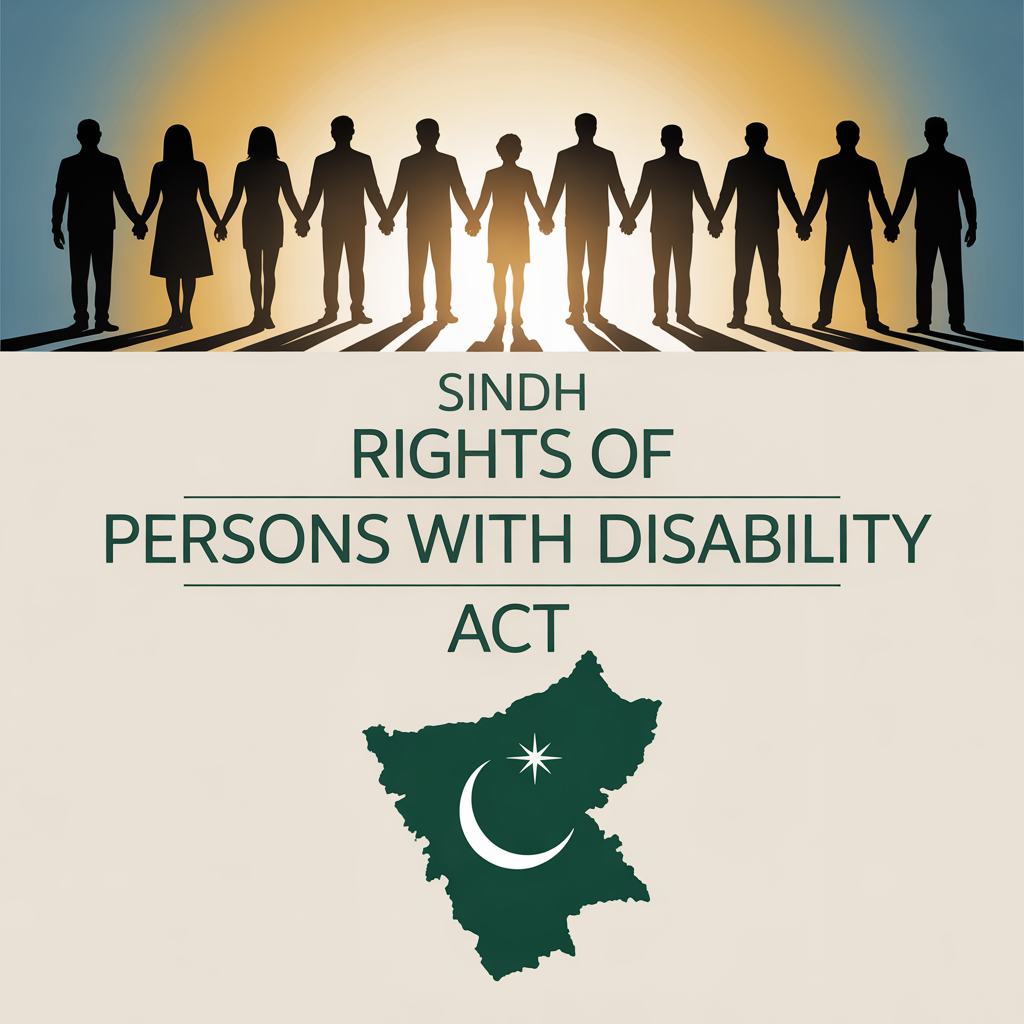
In 2018, the Sindh Assembly passed the Sindh Empowerment of Persons with Disabilities Act, a landmark legislation aimed at guaranteeing equal rights, dignity, and inclusion for persons with disabilities (PWDs) in the province. As the first province in Pakistan to legislate comprehensively on disability rights post-UNCRPD ratification, Sindh set a precedent for provincial autonomy in upholding fundamental human rights.
The law provides a legal framework for accessibility, education, employment, and healthcare, among other rights. It also establishes the Sindh Empowerment of Persons with Disabilities Authority (SEPDA) to ensure that these commitments move beyond policy and into practice.
Background: The Need for Disability Legislation in Sindh
Before this Act, Sindh, like other provinces, operated under the outdated Disabled Persons (Employment and Rehabilitation) Ordinance, 1981. It focused largely on employment and lacked a rights-based, inclusive approach. Following Pakistan’s ratification of the UN Convention on the Rights of Persons with Disabilities (UNCRPD) in 2011, there was increasing pressure from civil society, DPOs, and legal experts to adopt updated provincial legislation in line with global standards.
Legislative Journey of the Sindh Disability Act
The drafting process involved:
- Consultations with stakeholders including PWDs, human rights groups, and disability rights lawyers
- Parliamentary debates to tailor the bill for Sindh’s unique demographic and infrastructural needs
- Final approval and enactment in 2018
The Act became a milestone in Sindh’s social policy landscape and helped inspire similar efforts in other provinces.
Who Is Covered by the Sindh Disability Act?
The Act broadly defines disability to include:
- Physical impairments
- Sensory disabilities (visual, auditory)
- Intellectual and developmental disabilities
- Psychosocial and neurological conditions
It applies to citizens of Sindh of all ages and genders, ensuring comprehensive legal protection and services.
Guiding Principles of the Sindh Disability Act
This rights-based legislation is rooted in:
- Non-discrimination
- Equality of opportunity
- Accessibility
- Autonomy and dignity
- Full participation in society
These principles echo Articles 3 and 4 of the UNCRPD and create a foundation for inclusive governance.
The Role of the Sindh Empowerment of Persons with Disabilities Authority (SEPDA)
SEPDA is the implementing body under the Act. Its responsibilities include:
- Drafting rules and procedures for the Act’s enforcement
- Coordinating with other departments for implementation
- Maintaining a disability registry and issuing disability certificates
- Handling complaints and overseeing grievance redress mechanisms
SEPDA operates under the Department of Empowerment of Persons with Disabilities, a dedicated provincial ministry.
Right to Education under the Sindh Disability Act
The Act mandates:
- Inclusive education in mainstream schools
- No denial of admission based on disability
- Provision of assistive devices and accessible materials
- Specialized teacher training
- Scholarships and incentives for students with disabilities
Employment Rights and Job Quotas for Persons with Disabilities
Key employment provisions include:
- Enforcement of a 5% job quota in government departments
- Promotion of inclusive hiring in the private sector
- Skill development programs via vocational centers and NGOs
- Mandatory provision of reasonable accommodations
Non-compliant employers face legal action and financial penalties.
Access to Healthcare and Assistive Technologies
The Act requires:
- Disability-friendly health facilities
- Access to rehabilitation centers, physiotherapy, and mental health services
- Provision of free or subsidized assistive technologies like wheelchairs, hearing aids, and white canes
- Telemedicine services for remote areas
Accessibility in Public Infrastructure and Transport
The Act mandates that all new public buildings, roads, and transportation facilities must be:
- Barrier-free with ramps, elevators, and tactile paving
- Equipped with accessible toilets, parking spaces, and counters
- Public buses and trains must have space for wheelchairs and provide audio-visual announcements
Legal Protection and Access to Justice
The Act guarantees:
- Equal recognition before the law
- Access to courts, police, and legal aid
- Protections from abuse, exploitation, and neglect
- Mandatory disability desks in police stations and judicial complexes
Rights of Women and Girls with Disabilities
The Act incorporates gender-sensitive provisions, including:
- Protection from gender-based violence
- Access to reproductive healthcare
- Support for mothers and caregivers
- Equal representation in policy-making bodies
Children with Disabilities and Inclusive Development
Children with disabilities are entitled to:
- Early detection and intervention services
- Inclusive play and recreational activities
- Protection from institutionalization
- Specialized education and therapy services
Disaster Management and Emergency Preparedness
The law includes PWDs in:
- Disaster risk reduction (DRR) planning
- Emergency warning systems in accessible formats
- Shelter design and evacuation protocols
- Training of rescue teams to assist persons with diverse needs
ICT Accessibility and Digital Inclusion
Key initiatives include:
- All government websites must be screen-reader compliant
- Mobile apps for health, education, and transport must be accessible
- Media must broadcast inclusive content with subtitles and sign language
Public Awareness and Sensitization Measures
The Act calls for:
- Awareness campaigns in schools, media, and public spaces
- Disability inclusion in teacher and civil service training
- Partnerships with NGOs to promote positive disability narratives
Monitoring, Evaluation, and Accountability Mechanisms
SEPDA must:
- Track progress via defined indicators
- Publish annual reports
- Conduct third-party audits
- Present findings to the Sindh Assembly
Complaint and Redress Mechanism
PWDs can file complaints regarding:
- Discrimination in education or employment
- Inaccessibility in public spaces
- Denial of rights or services
Complaints are handled by SEPDA’s Grievance Redressal Committee, with appeals allowed through provincial courts.
DPOs and Civil Society Participation in Sindh
Key DPOs like:
- NOWPDP
- STEP
- HANDICAP International Pakistan
play a pivotal role in:
- Monitoring compliance
- Legal advocacy
- Delivering assistive tech
- Supporting skills development
Coordination with Other Provincial and National Policies
The Sindh Act complements:
- ICT Disability Act 2020
- Punjab Disability Act (drafted)
- Federal CNIC disability registry via NADRA
Such alignment is crucial for national policy coherence.
Comparison with ICT and Punjab Disability Laws
| Feature | Sindh Act (2018) | ICT Act (2020) | Punjab (Draft) |
|---|---|---|---|
| Dedicated Authority | Yes (SEPDA) | Yes | Yes |
| Job Quota (%) | 5% | 2% | 2%–3% |
| Grievance Mechanism | Yes | Yes | Yes (proposed) |
| Disability Registry | Yes | Yes | Yes |
| Enforcement Power | Moderate | High | To be defined |
Sindh has the highest job quota but faces challenges in execution.
Implementation Challenges and Gaps
Despite the law’s strengths, obstacles remain:
- Low budget allocations
- Lack of trained accessibility auditors
- Limited legal awareness among employers
- Urban–rural disparity in service access
Judicial Interpretation and Rights Enforcement
In several cases, the Sindh High Court has:
- Directed government hiring in compliance with job quotas
- Ordered audits of inaccessible school buildings
- Demanded timely issuance of disability certificates
Budget Allocations and Resource Needs
For SEPDA and related departments to function effectively:
- Annual budgets must be ring-fenced
- Local governments must allocate funds for infrastructure retrofitting
- Capacity building is essential to scale service delivery
Alignment with Global Best Practices
The Act borrows from:
- India’s RPWD Act (2016)
- UK’s Equality Act (2010)
- Americans with Disabilities Act (ADA)
It localizes these principles for the socio-cultural context of Sindh.
Sindh Disability Card and Registry System
Implemented in partnership with NADRA, this initiative provides:
- Disability CNICs
- Access to benefits like transport concessions, job preferences, and financial aid
- Digital data for policy planning and resource allocation
Future Directions and Policy Recommendations
- Digitize all SEPDA services and registry operations
- Launch mobile grievance apps for rural PWDs
- Increase training for employers, architects, and educators
- Expand disability definitions to cover invisible and neurodiverse conditions
- Ensure every district has at least one inclusive school and health center
Conclusion: Making Sindh Inclusive and Accessible for All
The Sindh Rights of Persons with Disability Act isn’t just a law—it’s a promise. A promise that every child can learn, every adult can earn, and every citizen can move, speak, and live with dignity. The Act is a commendable foundation. But now, action, funding, and accountability must follow. A truly inclusive Sindh is not only possible—it’s essential.
FAQs
What is the job quota for persons with disabilities in Sindh?
5% in public-sector jobs, the highest among all provinces.
Can a private school refuse to admit a child with a disability?
No. The law mandates inclusive education and prohibits denial based on disability.
How do I apply for a Disability CNIC in Sindh?
Through NADRA’s disability verification process, supported by SEPDA.
What body handles complaints under this Act?
SEPDA’s Grievance Redressal Committee.
Is SEPDA part of the federal government?
No, it is a provincial authority under the Sindh government.
